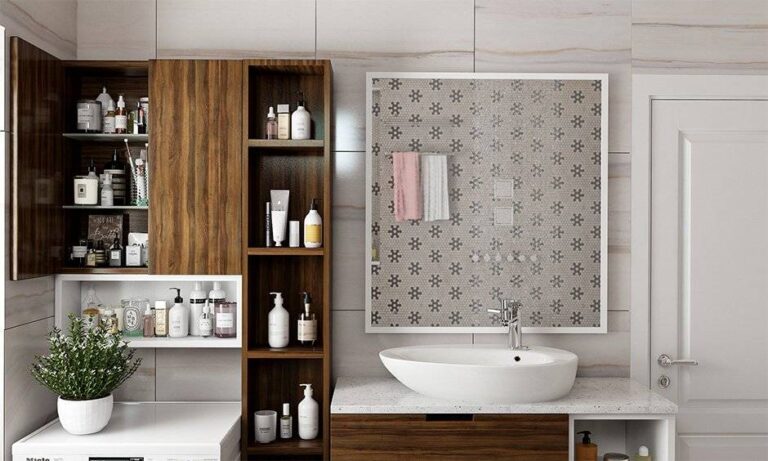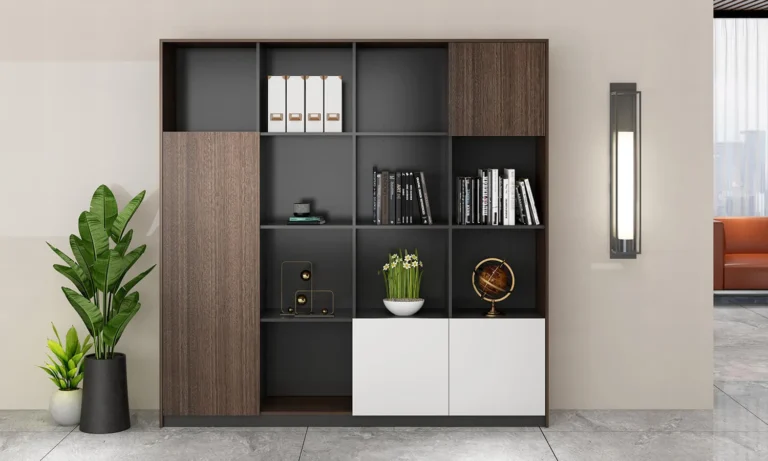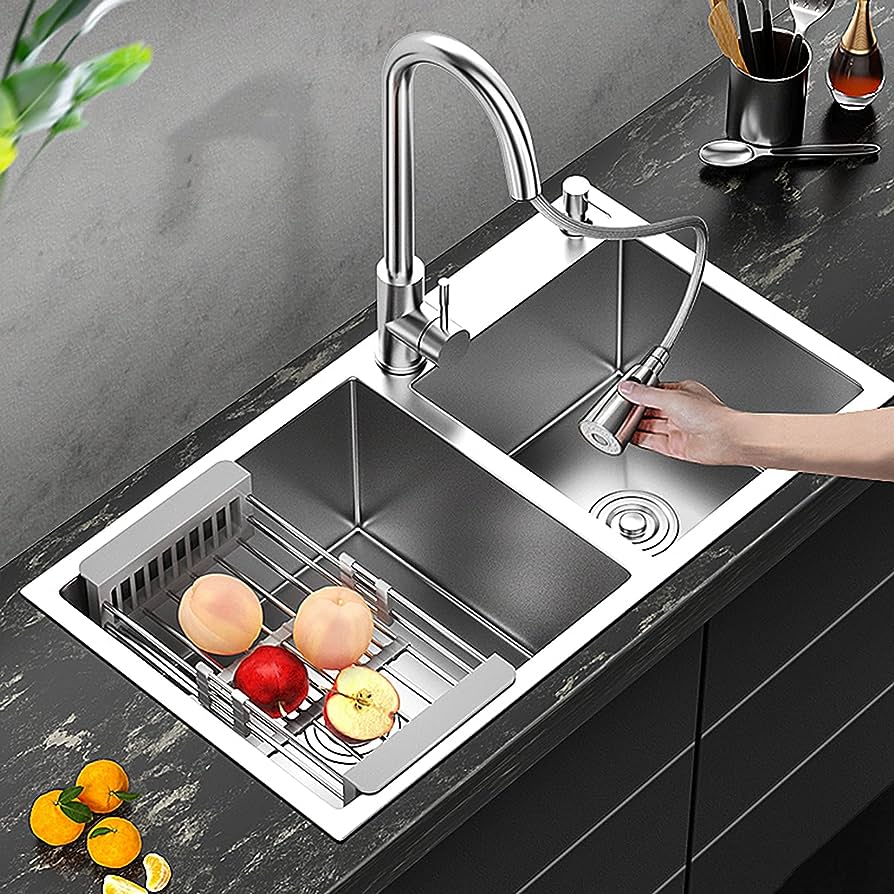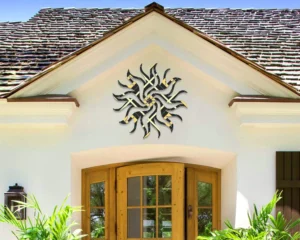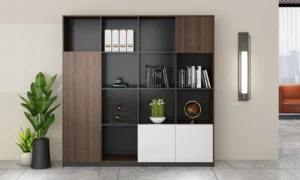When Emily and Ben moved into their new house, they were thrilled by the modern open-concept living space and the sleek appliances in the kitchen. But it wasn’t long before one particular fixture began to frustrate them—the kitchen sink. It was small and scratched, and its outdated design made washing even a few dishes feel like a chore. One weekend, after a dinner party that left their kitchen in chaos, Emily declared, “We need a new sink!” That moment marked the beginning of their journey to find the perfect kitchen sink, which would not only complement the aesthetic of their kitchen but also enhance its functionality. They soon discovered that the kitchen sink is more than just a basin for washing dishes—it’s the workhorse of the kitchen and a key component in making a kitchen functional, efficient, and stylish.
Their story reflects a common experience for homeowners. Choosing the right kitchen sink is a decision that blends practicality, design, and budget. It is the most-used fixture in the kitchen, and the variety of options—single-bowl, double-bowl, farmhouse, under-mount, stainless steel, composite—can be overwhelming. But with careful consideration of your needs, habits, and the layout of your kitchen, you can find a sink that will serve you well for years to come.
The Role of the Kitchen Sink in the Modern Home
In today’s kitchens, the sink is much more than a useful feature. It’s the centrepiece around which much of the daily activity revolves, from meal preparation to cleaning up after family dinners. According to a 2023 report from the National Kitchen and Bath Association (NKBA), the kitchen sink is the most frequently used fixture in the home, seeing an average of 10 uses per day in a typical household. This highlights the importance of choosing a sink that’s not only durable but also functional and well-suited to your daily tasks.
A kitchen sink’s design, size, and placement can significantly impact the overall workflow in the kitchen. For example, a deeper, single-bowl sink may be ideal for households that often cook large meals or wash oversized cookware. In contrast, a double-bowl sink offers the flexibility to perform multiple tasks simultaneously, such as soaking dishes on one side while rinsing vegetables on the other.
Types of Kitchen Sinks
Understanding the different types of kitchen sinks is key to making an informed decision. Each type has its own set of pros and cons depending on your kitchen layout, how you cook, and your aesthetic preferences.
- Single-Bowl Sinks
Single-bowl sinks have a large, uninterrupted space that is great for washing large items such as pots, pans, and baking sheets. This type is particularly popular in modern kitchens with minimalist designs. Homeowners appreciate the deep basin that allows for easy washing of bulky items. According to Houzz’s 2023 Kitchen Design Trends Study, single-bowl sinks have grown in popularity, with 61% of homeowners opting for this style in their kitchen remodels.
However, one drawback is that single-bowl sinks may need more multitasking capability than double-bowl sinks. If you frequently hand-wash dishes, a double-bowl sink might be more efficient.
- Double-Bowl Sinks
Double-bowl sinks have been a kitchen standard for decades. These sinks are divided into two separate basins, allowing for more flexibility in kitchen tasks. You can wash dishes in one bowl while rinsing in the other or even separate dirty dishes from clean ones. However, these sinks can sometimes feel cramped, especially when washing larger cookware.
Double-bowl sinks are still popular, particularly in traditional or family kitchens where cooking and cleaning happen simultaneously. According to Kitchen & Bath Design News, 45% of homeowners still prefer double-bowl sinks for the increased functionality they offer.
- Farmhouse (Apron-Front) Sinks
Farmhouse sinks are an iconic design feature that has become increasingly popular in recent years. With their large, deep basins and exposed fronts, they add a distinctive look to kitchens, especially in rustic, country, or industrial-style homes. Farmhouse sinks are typically single-bowl and offer ample space for large items. The NKBA’s 2023 Kitchen Design Trends Report noted that apron-front sinks have been one of the top choices for homeowners looking for both aesthetics and functionality.
However, installation can be more complex and costly, as it often requires modifications to the surrounding cabinetry. On the plus side, these sinks are versatile and available in materials like fireclay, porcelain, and stainless steel.
- Undermount vs. Drop-In Sinks
Another key decision is whether to go for an undermount or drop-in sink. Undermount sinks are installed beneath the countertop, creating a sleek, seamless look. They make cleaning up easier since there’s no lip or edge on the countertop where food and debris can collect. According to Consumer Reports, under-mount sinks have grown in popularity, especially in higher-end kitchen designs, with 72% of homeowners preferring them for their sleek appearance and practicality.
On the other hand, drop-in sinks (also known as top-mount sinks) are more traditional, with a visible rim that rests on the countertop. While more sleek than under-mount sinks, drop-in sinks are typically easier and cheaper to install. They’re a practical choice for homeowners on a tighter budget or those who prefer a more classic look.
Materials: The Backbone of Durability
The material of your kitchen sink plays a crucial role in its durability, maintenance, and overall aesthetic. Below are some of the most common materials used for kitchen sinks.
- Stainless Steel
Stainless steel is the most popular material for kitchen sinks, accounting for 70% of all kitchen sinks sold in the U.S., according to Kitchen & Bath Business magazine. Stainless steel sinks are valued for their durability, affordability, and versatility. They are heat-resistant, stain-resistant, and can withstand heavy use, making them ideal for busy households. However, they are prone to scratches and water spots, which can detract from their appearance over time. Choosing a higher-gauge steel (16 or 18 gauge) can mitigate some of these issues, as thicker steel is more resistant to dents and scratches.
- Composite Granite
Composite granite sinks are made from a mixture of crushed stone and resin, creating a highly durable and aesthetically appealing surface. These sinks come in a variety of colours, offering more design flexibility than stainless steel. According to Houzz, 15% of homeowners chose composite granite sinks in their kitchen renovations, attracted by their durability and modern look. While more resistant to scratches and stains than stainless steel, composite granite sinks can be more expensive and require regular cleaning to maintain their appearance.
- Fireclay and Porcelain
Fireclay and porcelain sinks offer a traditional, timeless look that is popular in farmhouses and vintage-style kitchens. Fireclay is especially durable and resistant to scratches, stains, and heat. However, these sinks can chip if heavy objects are dropped on them. According to Consumer Reports, fireclay sinks have been gaining popularity in high-end kitchen remodels for their classic aesthetic appeal and long-lasting durability.
Size and Depth: Balancing Functionality and Space
When choosing a kitchen sink, consider the size and depth in relation to your kitchen’s space and layout. Larger sinks are ideal for those who cook often or have large families, but they may not be practical for smaller kitchens. The NKBA suggests that a 30-36-inch sink is typically the ideal size for a standard kitchen, while larger sinks, up to 48 inches, work well in spacious, open-plan kitchens.
The depth of the sink is also important. A deeper sink (9 to 12 inches) is great for washing large pots and pans but may cause strain for shorter individuals or require more bending. Meanwhile, a shallower sink (6 to 8 inches) may be more comfortable for daily use but may not accommodate larger cookware as easily.
The Future of Kitchen Sinks: Smart and Sustainable
The kitchen sink, like other home fixtures, is not immune to technological advancements and sustainability trends. According to the National Kitchen and Bath Association, the future of kitchen sinks will likely involve smart technology, such as touchless faucets, integrated dishwashers, and water-saving features. Additionally, as environmental concerns grow, more homeowners are opting for eco-friendly materials and designs that reduce water waste.
For example, touchless faucets are becoming more common, allowing users to turn the water on and off without touching the faucet, which reduces the spread of germs and conserves water. According to the EPA, installing a WaterSense-labeled faucet can reduce a household’s water usage by 30%, saving both water and money on utility bills.
Conclusion
From washing dishes to preparing meals, the kitchen sink plays a central role in the home, making it a fixture that demands thoughtful consideration. Whether you prioritize function, style, or durability, the wide variety of options available ensures there is a perfect kitchen sink for every home. Like Emily and Ben, whose kitchen was transformed after they invested in a larger, more functional farmhouse sink, upgrading your kitchen sink can not only improve the flow of your daily tasks but also enhance the overall look and value of your home.
